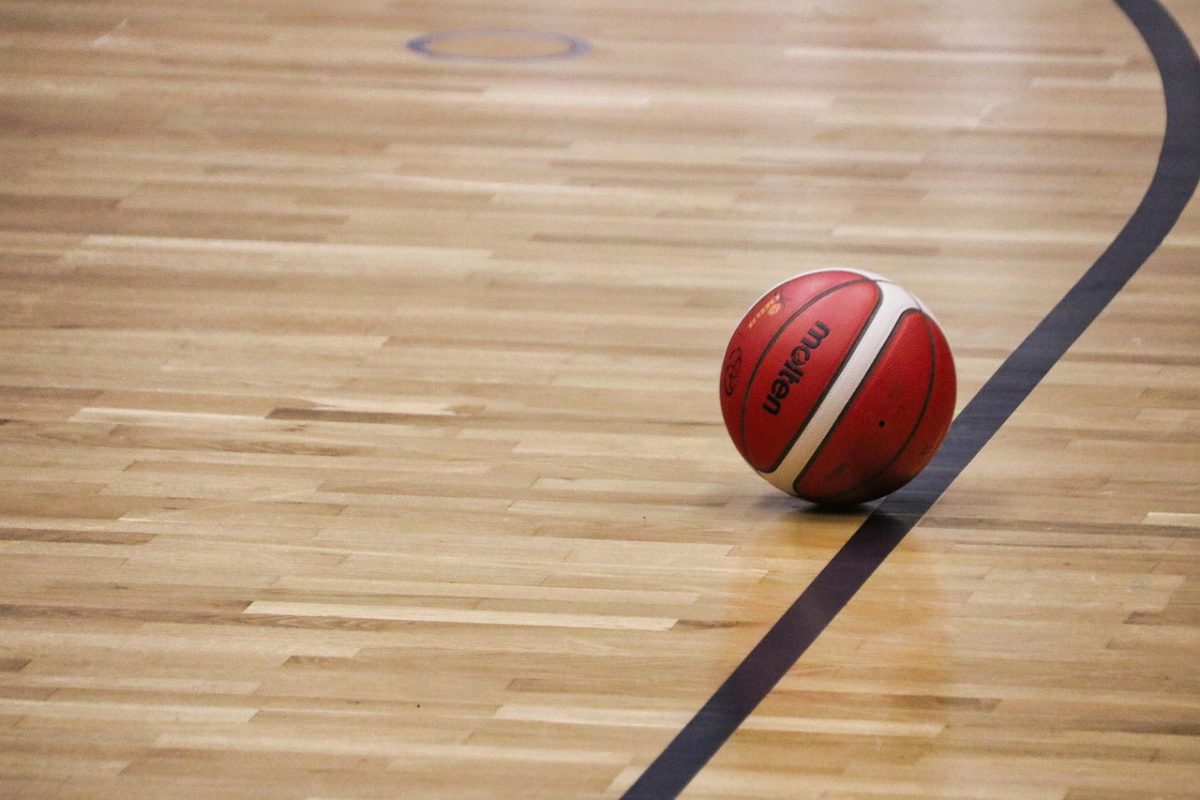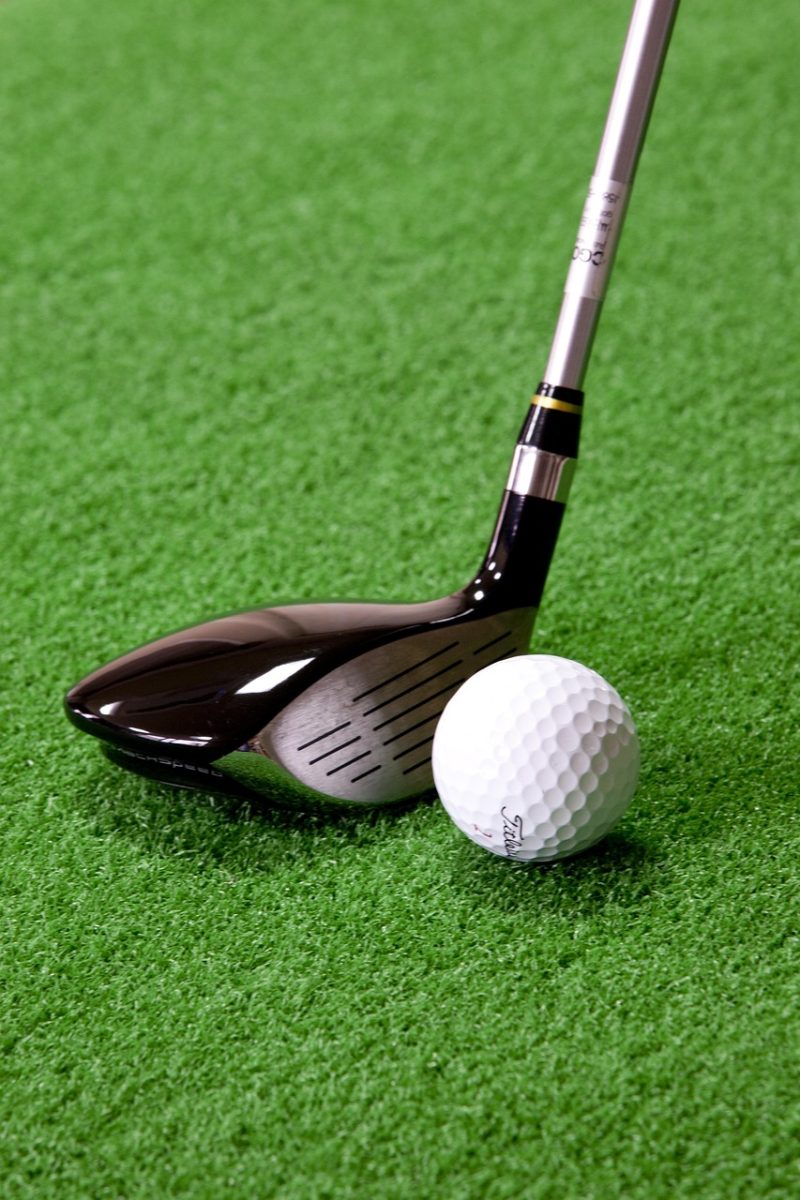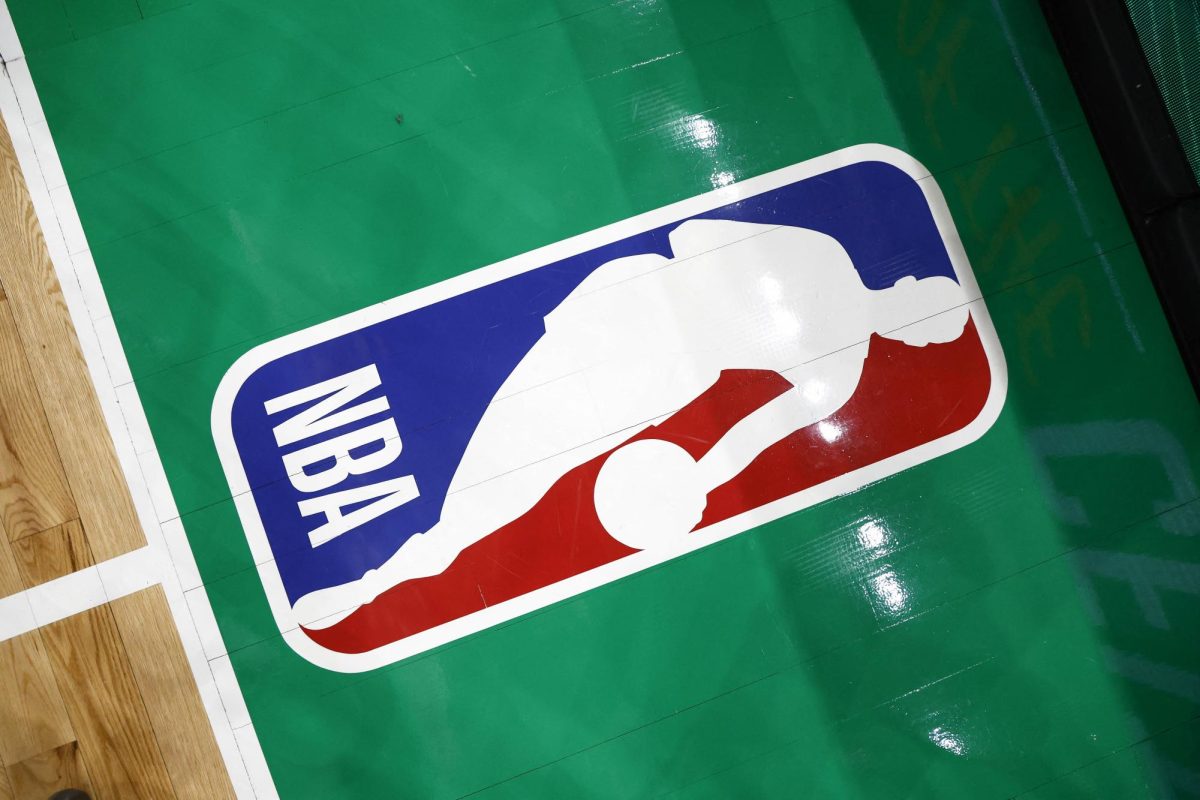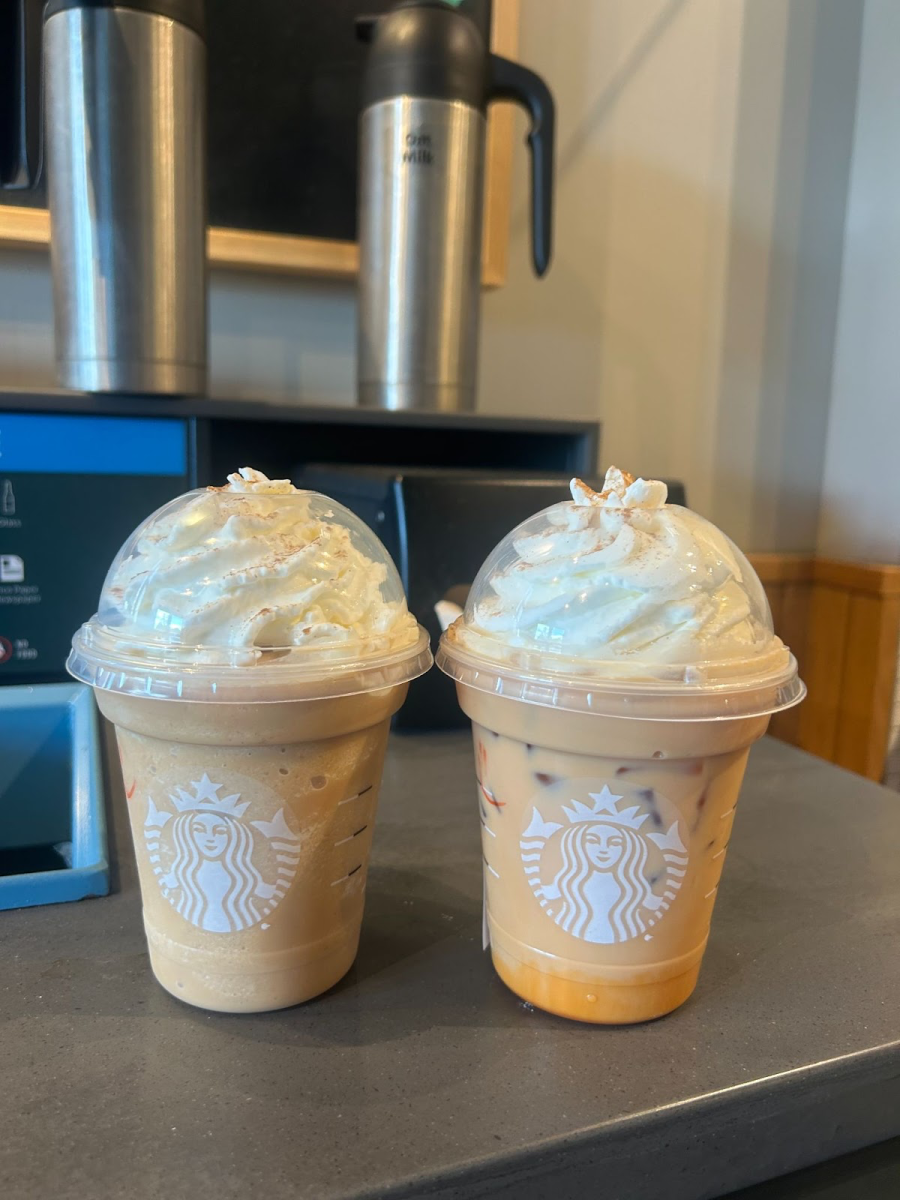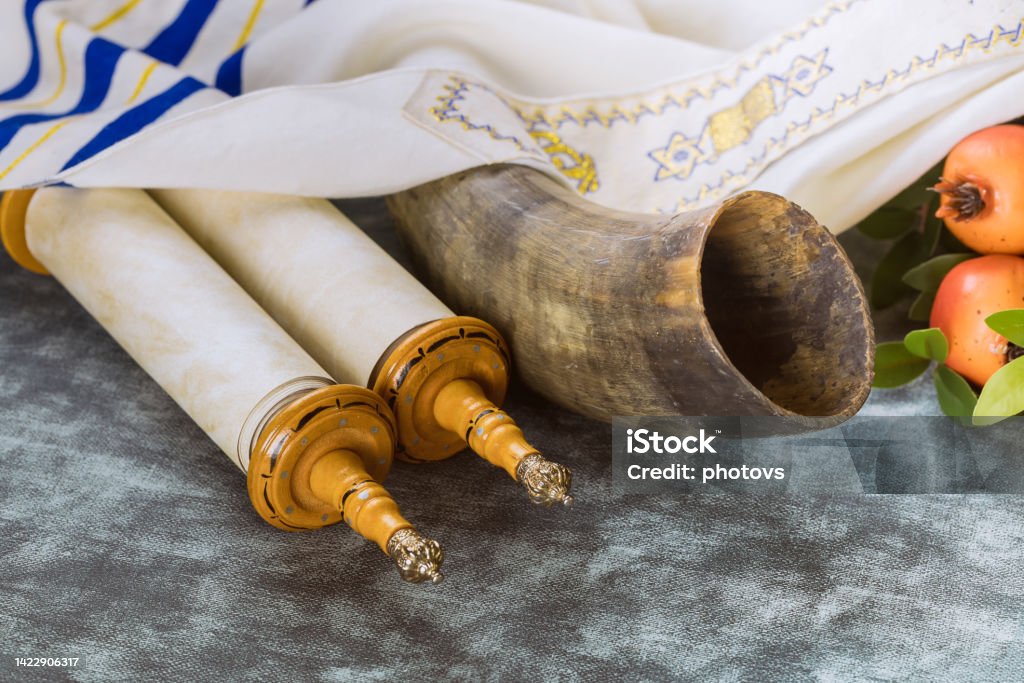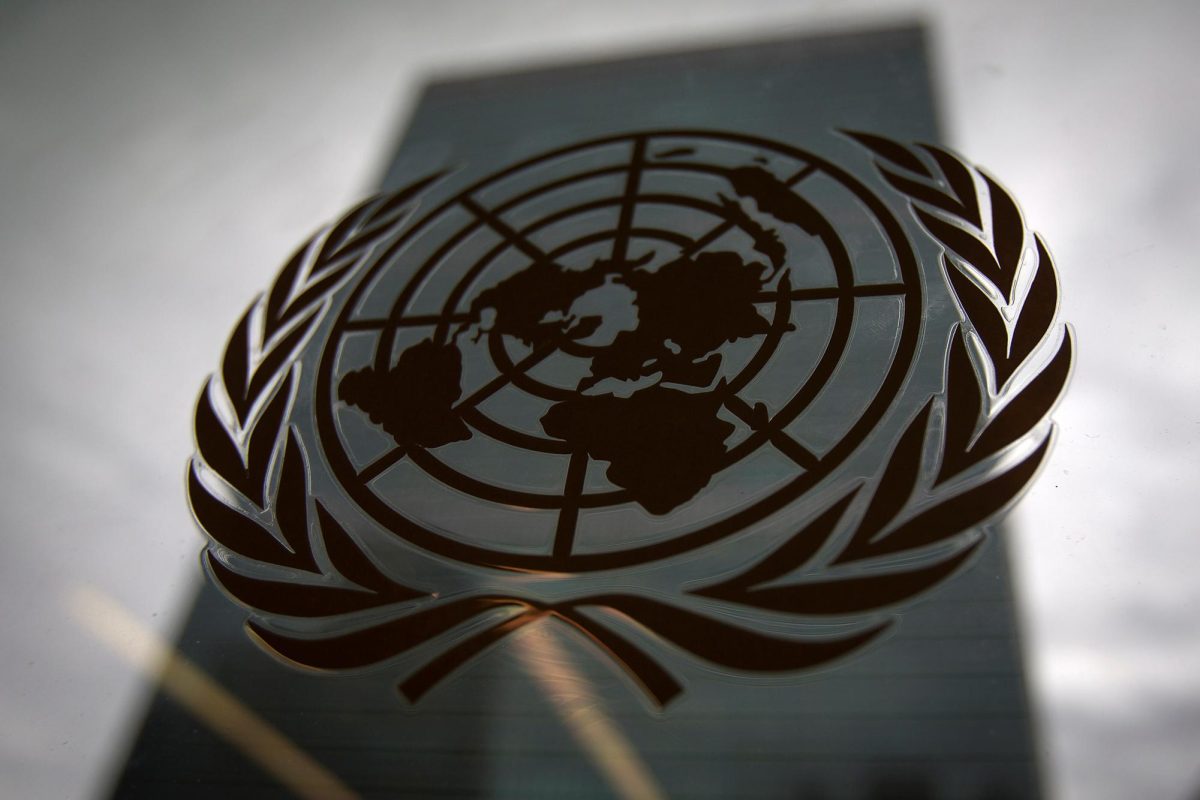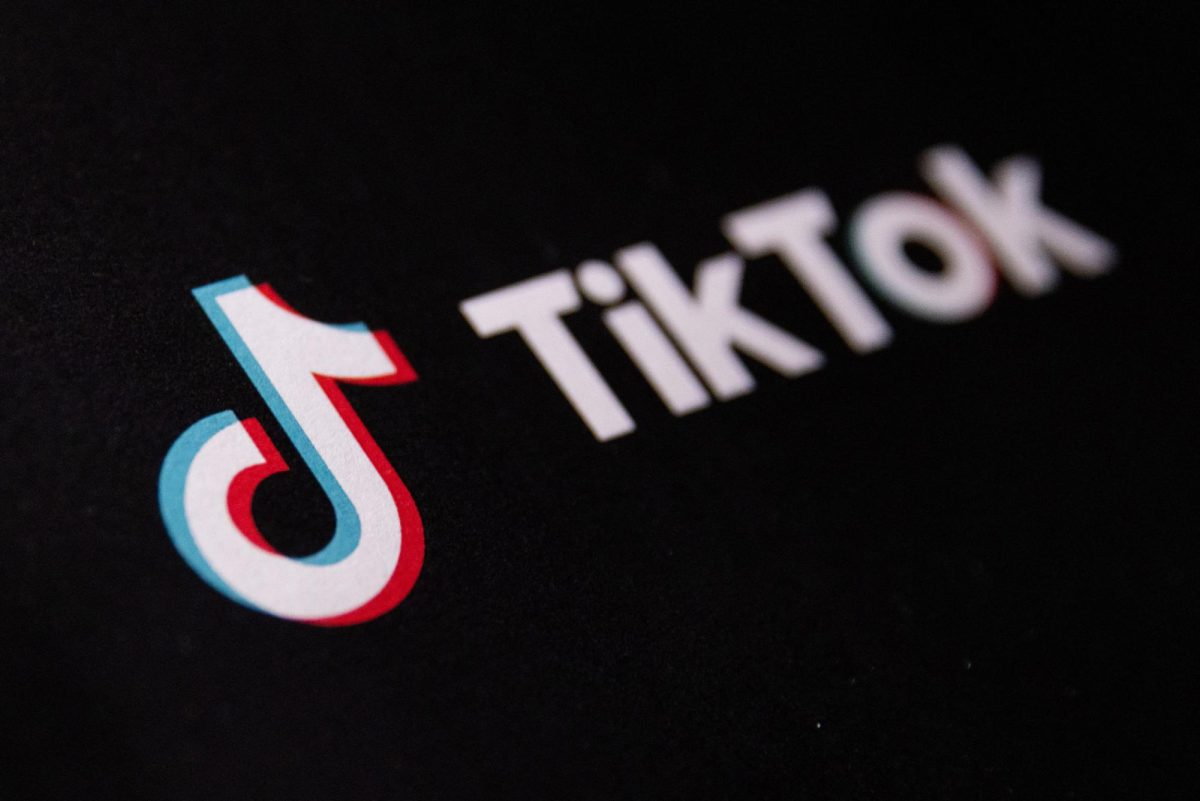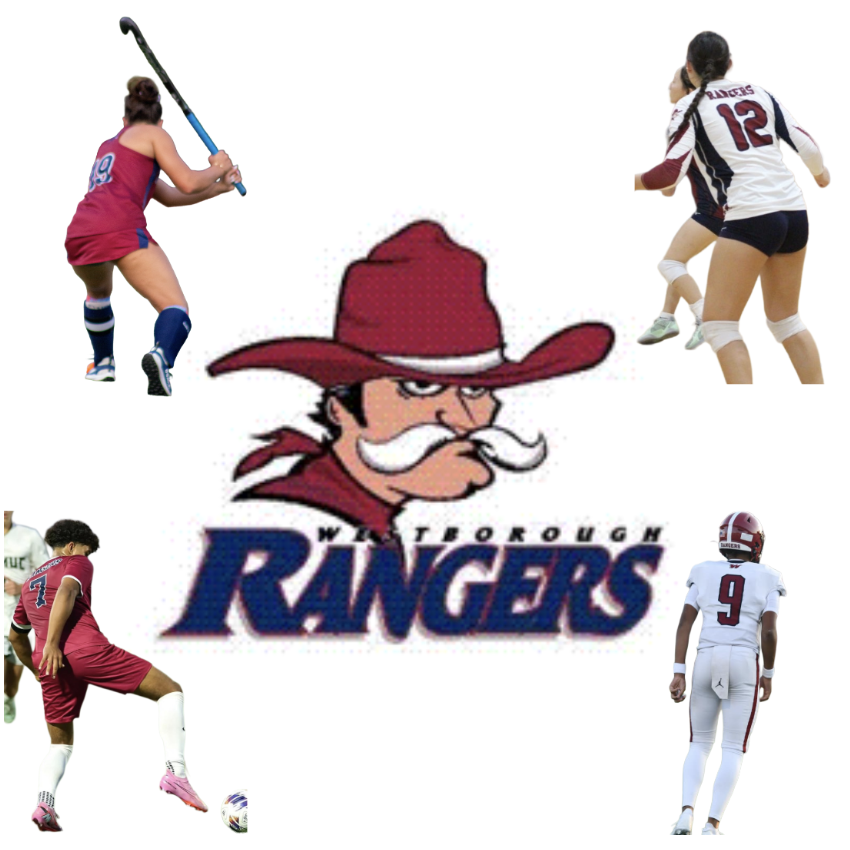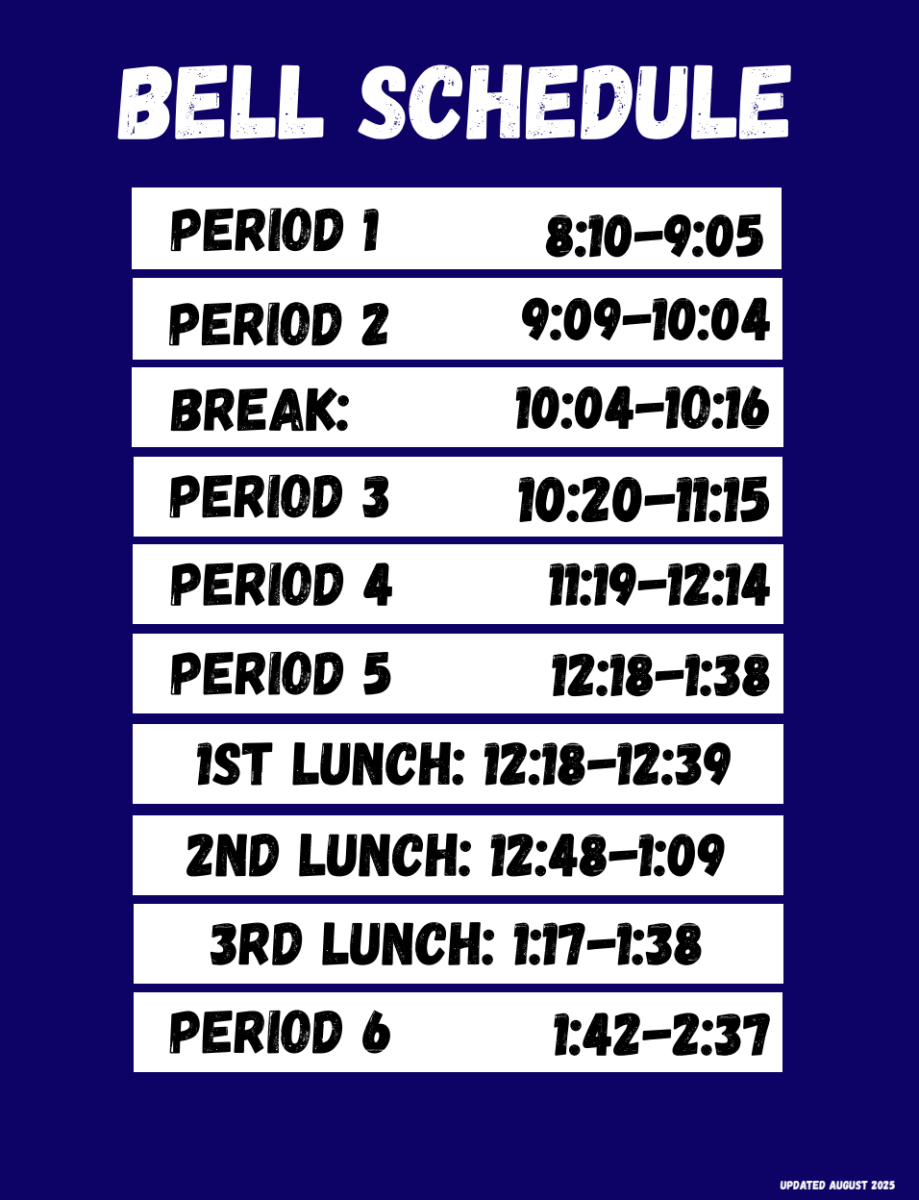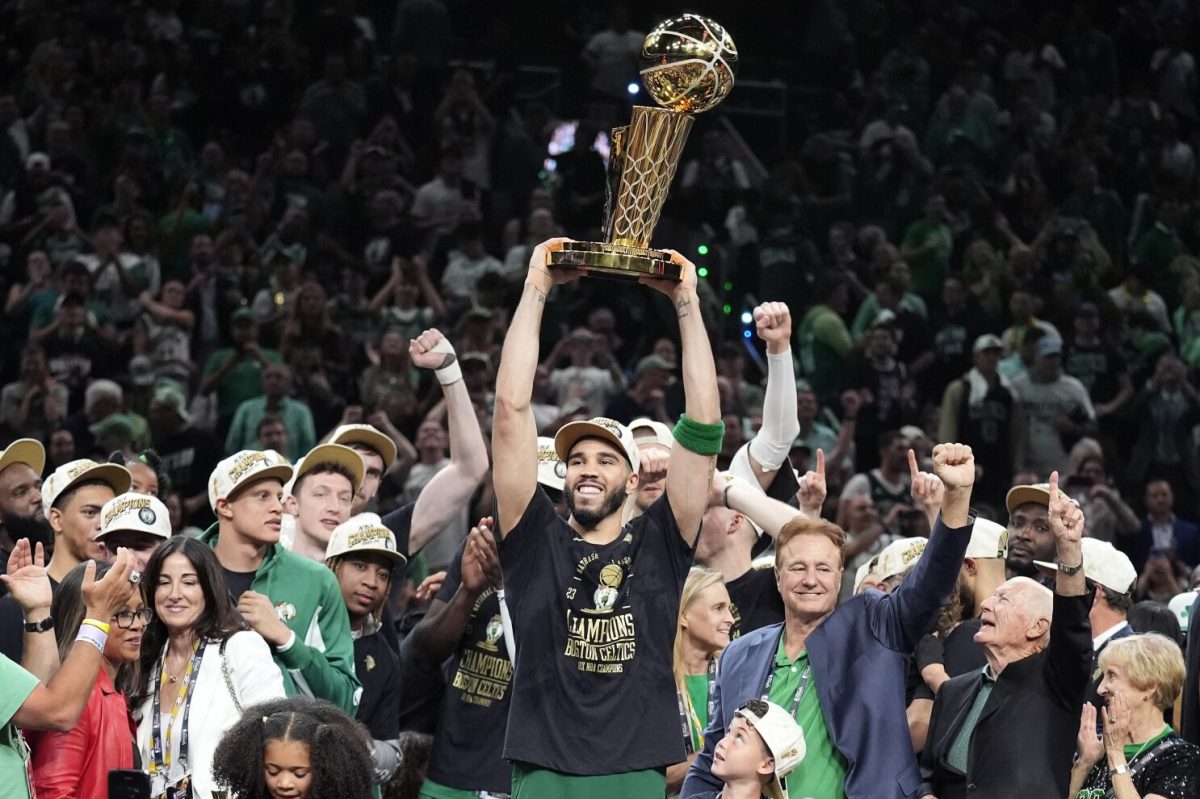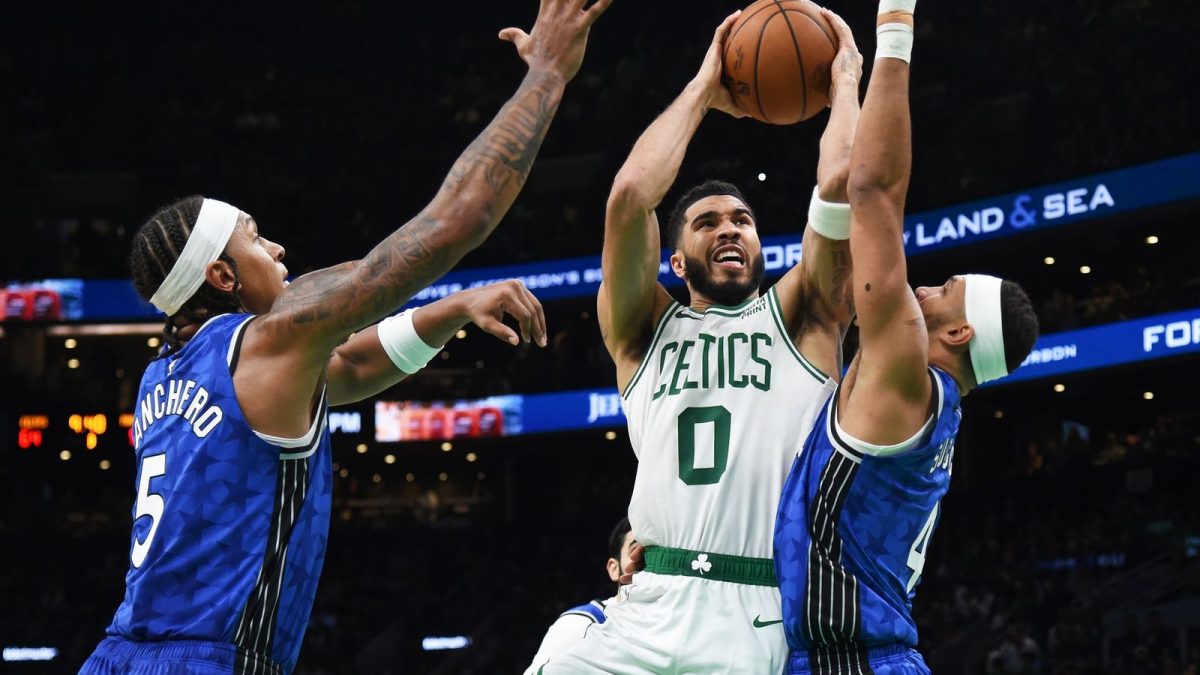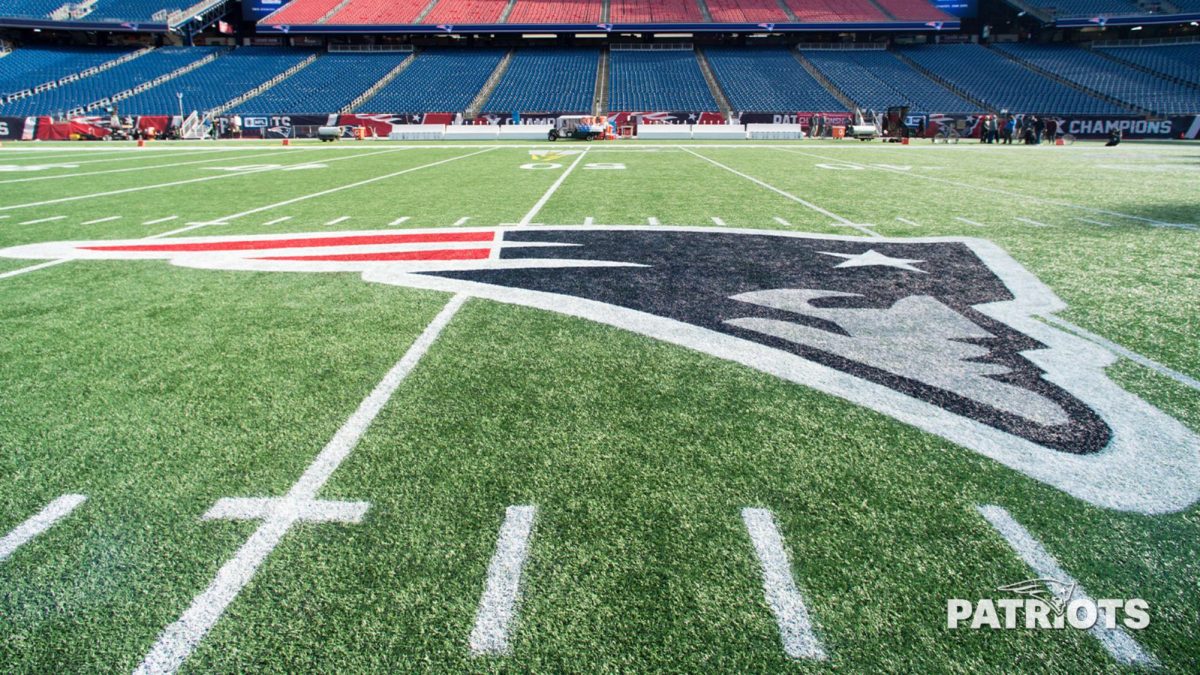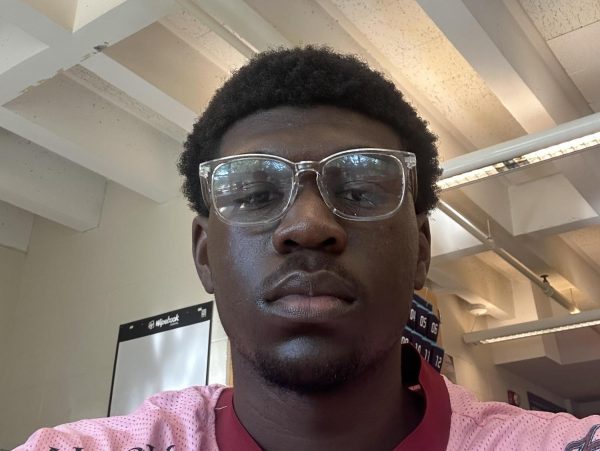The WNBA Finals may be underway, but the real story isn’t on the court. As players battle for a championship, the league itself is fighting for stability. With allegations of racism, growing pressure to replace Commissioner Cathy Engelbert, and whispers of a looming lockout, the WNBA faces an identity crisis that no buzzer-beater can fix.
After the Minnesota Lynx’s playoff exit, star forward Napheesa Collier didn’t hold back in a candid interview that sent shockwaves through the league. Collier issued a blistering critique of Engelbert’s leadership, calling her “the worst in the world.” She accused the commissioner of negligence, pointing to unresolved issues like inconsistent officiating and inadequate player compensation.
When asked about officiating, Collier said, “The real threat to our league isn’t money, ratings, or even missed calls. It’s the lack of accountability from the league office. Since I’ve been in the league, we’ve heard constant concerns about officiating, and it’s reached levels of inconsistency that undermine the integrity of the game.”
Collier also claimed Engelbert made dismissive comments about rising stars such as Angel Reese, Caitlin Clark, and Paige Bueckers. At a recent Unrivaled event, Engelbert allegedly told her, “Caitlin should be grateful she makes $16 million off the court, because without the platform the WNBA gives her, she wouldn’t make anything.” Collier’s frustration reportedly grew after the commissioner canceled a planned follow-up meeting.
The WNBA has not publicly responded to Collier’s remarks.
The fallout has only intensified calls for leadership reform, casting a shadow over the league’s biggest stage. With the current Collective Bargaining Agreement set to expire on October 31, 2025, tensions between players and league officials are mounting. NBA Commissioner Adam Silver even acknowledged the crisis during the Finals, expressing hope that the WNBA could rebuild trust through a new deal. Players are expected to push for stronger revenue sharing, improved maternity policies, and independent officiating oversight.
But Collier’s criticism did more than spark headlines — it ignited a movement. Players across the league have echoed her frustrations, rallying around demands for fair pay, better benefits, and accountability from the top down. What began as one star’s blunt interview has evolved into a defining moment for the WNBA’s future.
Still, leadership isn’t the league’s only challenge. The WNBA also has a representation problem. Players like Angel Reese and Caitlin Clark have become symbols of it — pitted against each other by fans and media since their college days. Their rivalry took center stage after the 2023 NCAA Championship, when Reese mimicked Clark’s ring-finger celebration. The reaction revealed a glaring double standard: Clark’s emotion was praised as confidence, while Reese’s was condemned as arrogance. That contrast reflects a larger issue in how female athletes — particularly Black women — are perceived and promoted.
Social media has since amplified the divide. Every moment between Reese and Clark becomes a culture war, where supporting one is seen as criticizing the other. Instead of celebrating both as generational talents growing the game, fans and commentators have fueled rivalries rooted in race, style, and perception. Clark is often labeled the league’s “savior,” while Reese is cast as the “villain” — even though both have brought unprecedented attention and viewership to women’s basketball.
The WNBA’s own marketing strategy has, at times, reinforced that split. Though the league’s player base is predominantly Black and LGBTQ+, its promotional campaigns often center around a few marketable faces — usually those who appeal to broader, often white, audiences. Meanwhile, stars like A’ja Wilson, Arike Ogunbowale, and Angel Reese are frequently under-promoted despite their production and popularity among core fans. This imbalance has created friction not only between players but also among fans, who feel the league benefits from Black culture without fully embracing it.
If the WNBA wants to grow, it must find a way to celebrate all its stars equally — and build a brand that reflects the diversity, energy, and authenticity that make women’s basketball so powerful.
For the league to truly evolve, it must reclaim its own narrative. That means highlighting competition without feeding caricatures, supporting individuality without reinforcing stereotypes, and using the spotlight to showcase its full spectrum of talent. Players like Caitlin Clark shouldn’t be used to push one narrative, just as Angel Reese shouldn’t be vilified for embodying another.
Representation and leadership are not separate issues — they are deeply intertwined. Napheesa Collier’s criticism of Cathy Engelbert exposes a league struggling not only with governance, pay, and officiating, but with its very identity. How the WNBA chooses to tell its story — who it elevates, how it markets its stars, and how it confronts bias — is a leadership decision.
The question now is clear: What kind of league does the WNBA want to be? One that uplifts all voices equally, celebrates its diversity, and challenges harmful narratives — or one that allows division, bias, and media-driven rivalries to define its legacy?
For fans, players, and leaders alike, the challenge is the same: build a league where every player is seen, heard, and valued — and where the story of women’s basketball is finally told on its own terms.

